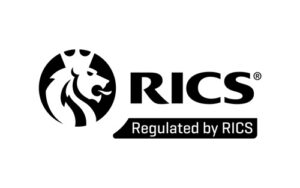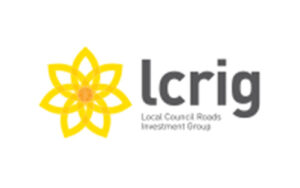Cost-Benefit Analysis (“CBA”) is a financial tool used to assess the feasibility of a construction project. It is a method of evaluating the cost and benefit of a project to determine whether it is worth pursuing or not. In simple terms, it compares the expected costs of a project with the expected benefits to determine if it is economically viable. CBA is a vital aspect of project management as it helps in making informed decisions, reducing the risks associated with construction projects, and ensuring that the project meets its objectives within the budget constraints.
Cost-benefit analysis process – what are the steps?
- Define the Objectives: The first step is to clearly define the objectives of the project. This involves determining what the project is trying to achieve and what benefits it will bring to the stakeholders.
- Identify the Costs: The next step is to identify all the costs that are associated with the project. This includes direct costs such as materials, labour, and equipment, as well as indirect costs like overhead expenses, financing costs, and opportunity costs.
- Identify the Benefits: The third step is to identify the benefits of the project. This includes direct benefits such as increased revenue, improved customer satisfaction, and reduced operational costs, as well as indirect benefits like increased brand awareness, improved market position, and enhanced public relations.
- Determine the Time Frame: The fourth step is to determine the time frame of the project. This involves deciding when the benefits will accrue and when the costs will be incurred.
- Establish a Discount Rate: The fifth step is to establish a discount rate, which is the rate at which the future benefits and costs are discounted to present values.
- Calculate Net Present Value: The final step is to calculate the net present value (“NPV”) of the project. NPV is calculated by subtracting the present value of the costs from the present value of the benefits.
Cost-benefit analysis is a valuable tool for construction project managers and budget holders as it provides a clear and concise way to evaluate the feasibility of a project. It helps in decision-making by providing a comprehensive picture of the expected costs and benefits of a project, and the risks associated with it. CBA also helps to prioritise projects by comparing the NPV of different projects and selecting the one with the highest NPV.
In construction, CBA is used to evaluate the feasibility of various construction methods, to determine the most cost-effective method of construction, and to assess the impact of proposed changes on the project budget. It is also used to evaluate the impact of cost overruns, delays, and changes in market conditions on the project’s financial viability.
However, CBA is not without its limitations. It is a complex process that requires accurate data and detailed information about the costs and benefits of the project. It also assumes that the future costs and benefits of the project can be accurately predicted, which may not always be the case. Additionally, CBA only provides a financial analysis and does not consider other important aspects of the project such as environmental impact, social impact, and political impact.
In conclusion, cost-benefit analysis is a crucial aspect of construction project management. It provides a systematic approach to evaluate the feasibility of a project, prioritise projects, and make informed decisions. While it has its limitations, it is a valuable tool that helps to minimise the risks associated with construction projects and ensure that they meet their objectives within budget constraints.






